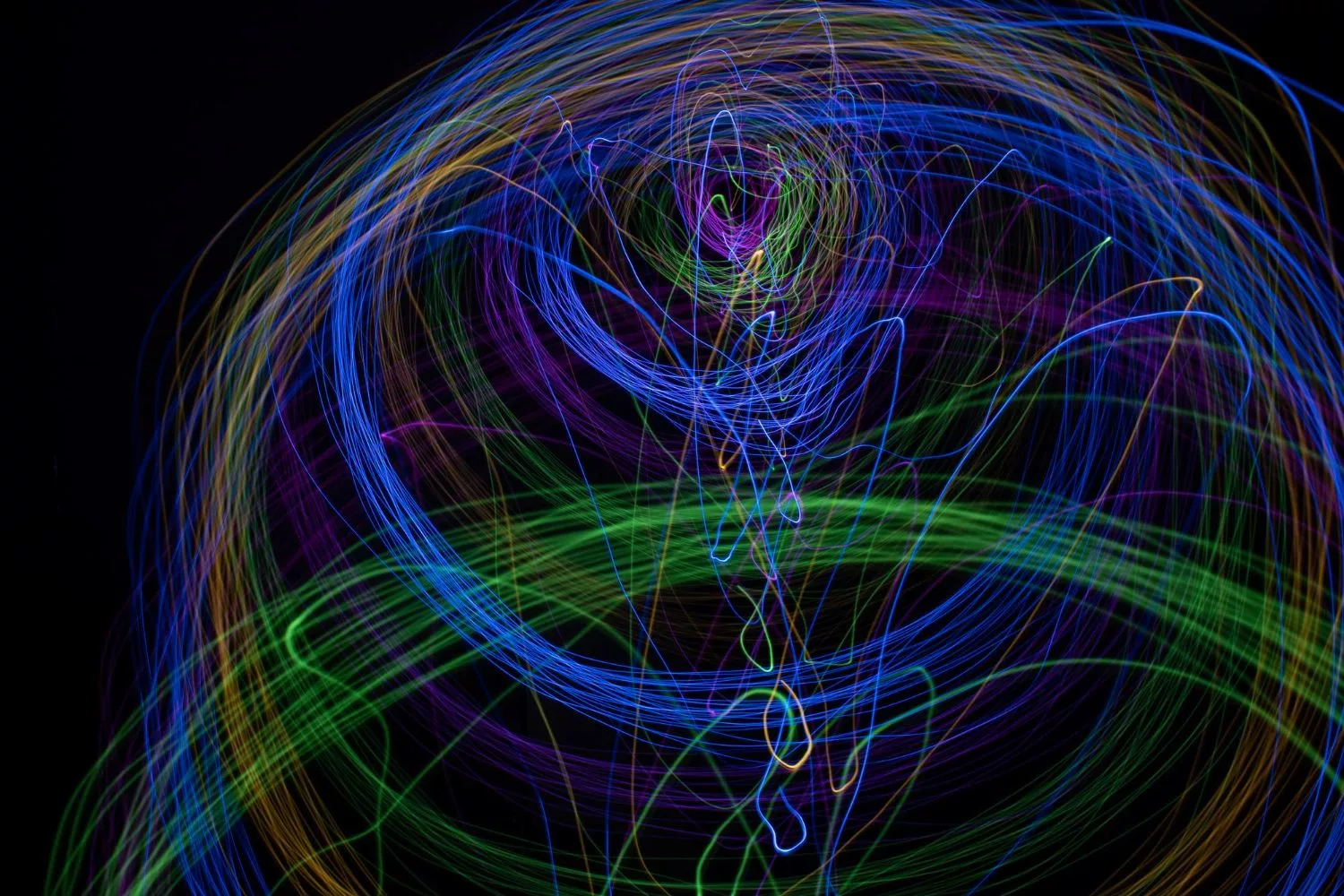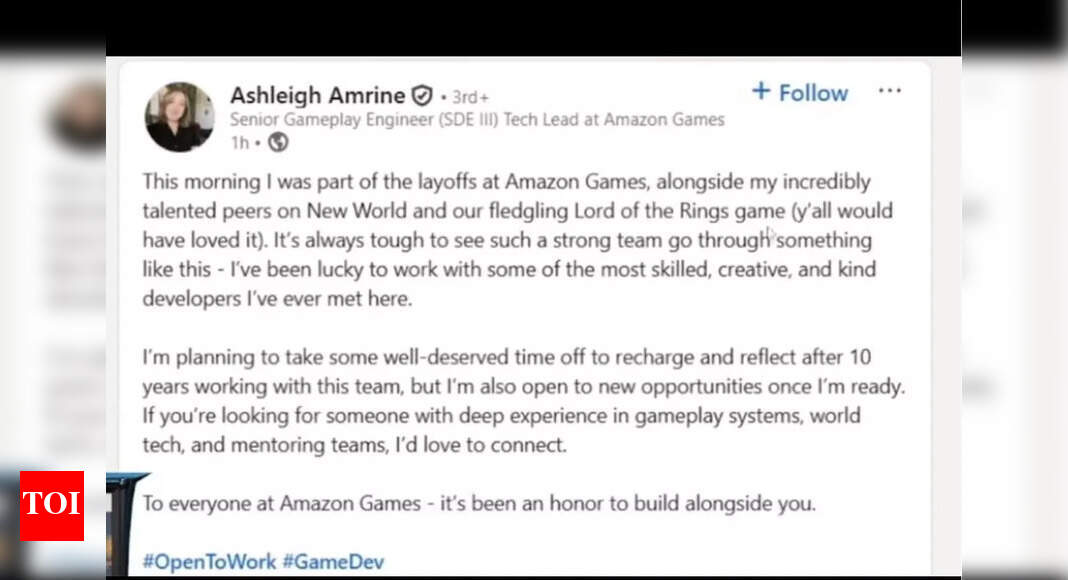Amazon has quietly shelved its ambitious ‘The Lord of the Rings’ Massively Multiplayer Online game (MMO), marking the project’s apparent demise as part of widespread layoffs announced earlier this week. The cancellation emerged following…
Author: admin
-

WhatsApp Now Lets You Protect Chat Backups with Passkeys
WhatsApp is bringing passkey support to secure your encrypted chat backups, ensuring you can safely restore them even if your device is lost or damaged. This will allow you to easily access your chat backups from any other device using…
Continue Reading
-

Pakistan vs South Africa 2nd T20I Live Streaming: When and where to watch PAK vs SA live on TV and online
Salman Ali Agha’s Pakistan will look to level the three-match series after going down by 55 runs in the first T20I against South Africa in Rawalpindi. Babar Azam’s return to the T20I scheme of things ended in a damp squib as the right-hander…
Continue Reading
-

Nasa hits back at reality star’s moon landing conspiracy
US space agency Nasa has rejected reality star Kim Kardashian’s claim that the 1969 space mission to land the first man on the Moon was faked.
“Yes, we’ve been to the Moon before… 6 times!” Nasa acting administrator Sean Duffy wrote on social…
Continue Reading
-
Taiwan does not want China's 'one country, two systems', president says – Reuters
- Taiwan does not want China’s ‘one country, two systems’, president says Reuters
- Taiwan doing all it can to prevent war amid China threat: VP Hsiao Focus Taiwan
- Taiwanese increasingly reluctant to give lives to defend island, poll finds South…
Continue Reading
-

As the guns fall silent, Gazans find newly reopened banks have no cash
CAIRO – The
ceasefire in Gaza
has eased the trauma of Israel’s air strikes and blockade, but a shortage of cash has left Palestinians unable to spend what little money they have without falling victim to wartime profiteers.
Banks, many damaged or destroyed along with homes, schools and other institutions across Gaza during two years of war, began reopening on Oct 16, six days after the ceasefire was announced. Queues soon formed, but people came away disappointed.
“There is no money, liquidity at the bank,” said father-of-six Wael Abu Fares, 61, standing outside the Bank of Palestine. “You just come and do paperwork transactions and leave.”
People need cash for most everyday transactions in Gaza, whether to buy food in the market or pay utility bills, but Israel blocked transfers of banknotes, along with most other goods, following the attack and mass
hostage-taking by Hamas-led militants in October 2023
.
“Banks are open, air-conditioning is on, but they are doing mostly electronic business – no deposits, no withdrawals of cash,” Gaza economist Mohammad Abu Jayyab told Reuters.
“People go to some greedy merchants to cash their salaries and they give them cash for a huge fee, which ranges between 20 per cent and sometimes goes to 40 per cent.”
Mother-of-seven Iman al-Ja’bari longed for a time when transactions at banks used to take less than an hour.
“You need two or three days to go back and forth, back and forth, spending your whole life standing there,” she said. “And in the end, you only get 400 shekels (S$160) or 500 shekels. What can this (amount) buy with the incredibly high prices today that we can’t afford?”
For a few Palestinians, the cash crunch has provided an opportunity to eke out a living. Ms Manal al-Saidi, 40, repairs damaged banknotes to cover some basic needs.
“I work and I make 20, 30 shekels, and I leave with a loaf of bread, beans for dinner, falafel, anything, something simple,” she said, wiping notes.
“Not that I can get (afford) vegetables or anything, no, just enough to get by.”
Some people resort to electronic transfers through bank apps for even small items such as eggs or sugar, but sellers apply additional fees.
The issue of cash supplies into Gaza was not included in
US President Donald Trump’s 20-point peace plan
, which also left the details of reconstruction and security to be decided.
Cogat, the arm of the Israeli military that oversees aid flows into the Gaza Strip, did not immediately respond to a request for comment on whether or when banknotes may be allowed back in.
The shortage of notes and coins has compounded the crisis for Gazans who have lost relatives, jobs and homes, used up their savings and sold their possessions to buy food, tents and medications. Some have resorted to barter to get by.
Palestinian merchant Samir Namrouti, 53, has become used to banknotes that are almost unrecognisable through overuse.
“What matters to me is its serial number. As long as its serial number is there, that’s it, I treat it as money,” he said. REUTERS
Continue Reading
-

Those Halloween fireballs might be more dangerous than you think
Each fall, the Taurid meteor shower brightens the night sky from late October through early November. Known as the “Halloween fireballs,” the meteors are named for the constellation Taurus (the bull), where they appear to originate. The best…
Continue Reading
-

Those Halloween fireballs might be more dangerous than you think
Each fall, the Taurid meteor shower brightens the night sky from late October through early November. Known as the “Halloween fireballs,” the meteors are named for the constellation Taurus (the bull), where they appear to originate. The best…
Continue Reading
-

Quantum oscillations found coming from within
Quantum oscillations are like the rhythmic dance of electrons in a metal when exposed to a magnetic field. By applying a magnetic field, researchers can change the speed with which those electron springs wiggle.
But here’s the twist: these…
Continue Reading

